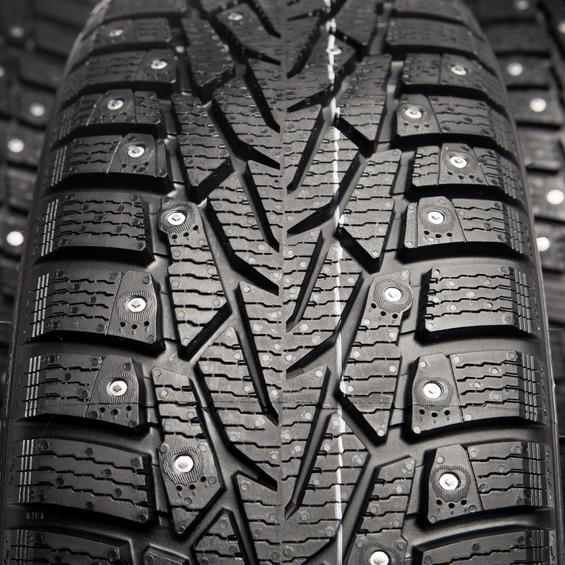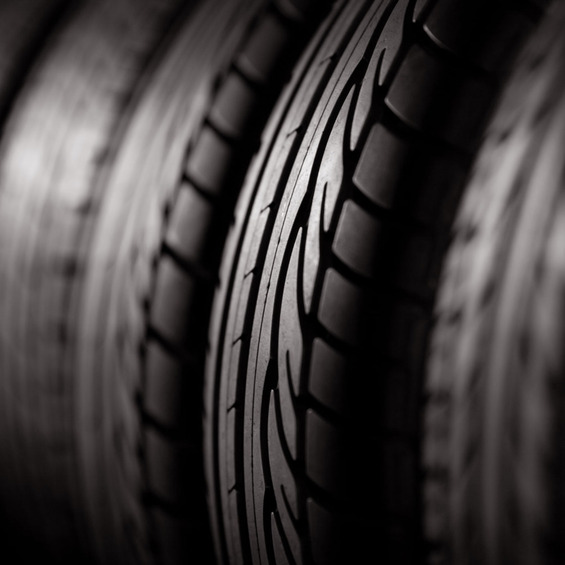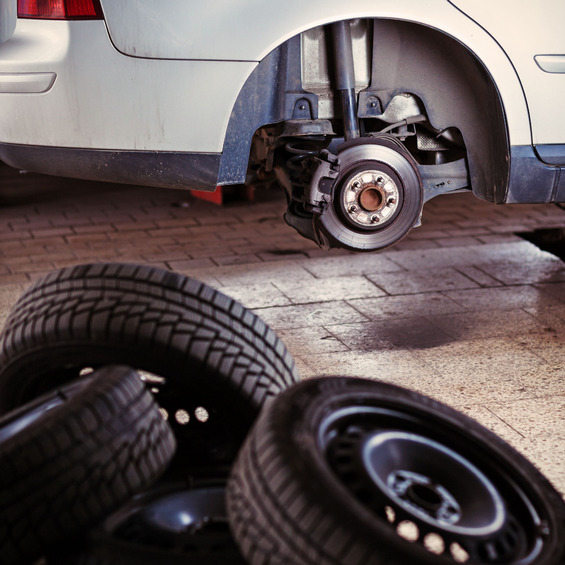
In regions with bright winters, car owners have to have two sets of rubber-winter and summer. There is no doubt that it is necessary to change the rubber twice a year. But when do we do it? The weather can be unpredictable, and sometimes it is difficult to choose the moment when the season has changed completely. Why is it so important to change rubber?
Why is it so important to change rubber?
The summer and winter tires do not only have a completely different tread, but also the differing composition of rubber. The winter tire is made of a softer rubber which does not solidifies in the cold and does not lose the drawbar. Summer tires are tougher, they start to lose their properties at a faster rate if the air temperature drops below + 7 degrees.

If the temperature rises above + 7 degrees, the winter rubber becomes too soft, the car "swims" on the road, the tires wear off. Moreover, if the rubber is sharpish, the stopping distance increases considerably, and the spikes are washed and flown out. There is a misconception that the thorn rubber, which has lost its thorn, works like a similar, but not originally spice. It's completely different. Shep rubber works fine only if the rubber is fitted. Its properties are substantially degraded if more than 30% of the spines are missing.

Different viewpoints on the issue of rubber
The owner makes a decision to change the rubber for one of many reasons. For example, a sharp change in weather, the approximation of the calendar winter or spring, the seasonal reduction of the load of points of shaynafitting, etc. Many change the rubber intuitively or based on a long-term weather forecast.
There is an opinion that changing the rubber to summer is not necessary until March 15, but, given the changes in the climate, as well as the weather differences in the regions, it can be said that the "milestone" is highly relevant. It can be considered relevant only for the medium term of Russia, provided that there are no climatic anomalies and the temperature of the air is within the climatic norm.
On the issue of change of rubber, it is not necessary to focus solely on the calendar
The most sensible approach is the combined approach. It is necessary to examine the forecasts of the weather forecasters a few weeks ahead, but at the same time it is to be oriented both by day and at night temperature. The fact is that the night freeze leads to the formation of a lady who disappears only by noon, so that the morning rush of the road may remain slippery. The average daily temperature must be at least + 7 degrees Celsius.

More reason to change rubber in time.
Rezina needs to change, first of all, for security reasons. Economic reasons are also important: the winter rubber is rapidly inoperable in warm weather, and driving in the summer rubber in the cold can cause serious accidents and, consequently, costs. However, there are other reasons.
Thus, insurance companies may refuse to pay the insurance event if at the time of accident the car was installed in the wrong tyre season. In the case where the insurance policy specifies specific replacement periods for tyres, the car owner will have to decide on the basis of weather conditions or contractual obligations.
The period of change of rubber also depends on the operating conditions of the car. For example, if in the spring the vehicle is operated predominantly in the morning and in the evening, it is possible not to hurry with the change of rubber, as at this time it is possible to freeze. If the car is in use in the morning and in the evening, it is better to replace the rubber band on the winter early.
The owners of the rubber band have to be "rebusily" in the spring before, and in autumn later than the owners of Velcro (winter tires without stun). It is connected with that the thorn rubber is very fast in the warm weather, and the stopping distance on the dry hot asphalt is very large.
The rubber band should be placed as late as possible in the autumn and change as early as possible in the spring
The geography of the use is also relevant, as the difference between daytime and night temperatures tends to be higher in the city than in the city, respectively, higher than the probability of ice formation. Snow is outside the city longer than in the city.
Legislation and rubber
At present, the legislation does not oblige drivers to set the corresponding season to the rubber, respectively, there are no sanctions for the summer season on winter tires, and summer winter. However, a bill requiring the use of the appropriate rubber season is currently under consideration.
The law does not oblige the car owner to change rubber at the appropriate time of the year
There is a list of malfunctions and conditions under which the operation of vehicles is prohibited. The list contains, inter alia, the following items:
- 5.1. Passenger car tyres have a residual tread height of less than 1.6 mm, lorries-1 mm, buses-2 mm, motor cycles and mopeds-0.8 mm.
- 5.2. The tyres have external damage (samples, cuts, breaks), nude-cutting cords, and the separation of the carcass, the separation of the tread and the sidewall.
The technical regulations of the Eurasian Economic Commission "On the safety of wheeled vehicles" will take effect in Russia on January 1, 2015. From the moment of entry into force of the technical regulations, "the operation of vehicles which do not meet the standard requirements in winter (December, January, February) will be prohibited"
Tips for replacing covers
There is an opinion that regularly changing the covers on disk is harmful to both rubber and disk. In fact, this is not the case, but only if the tyres are properly stored: the disk-drive fillers shall be kept only vertically; otherwise deformation is possible.







